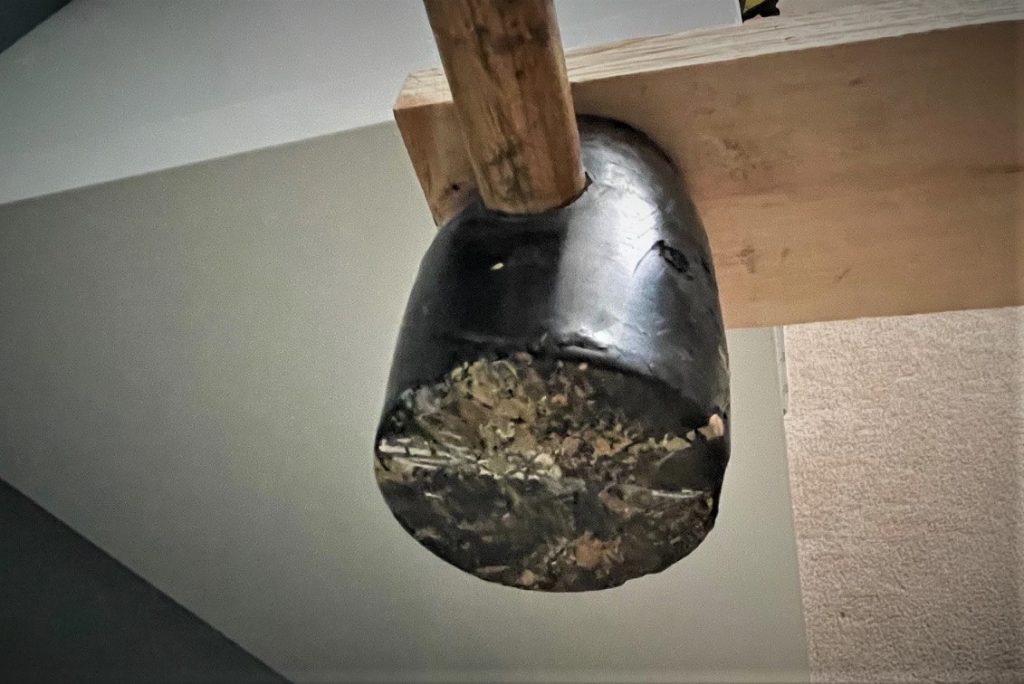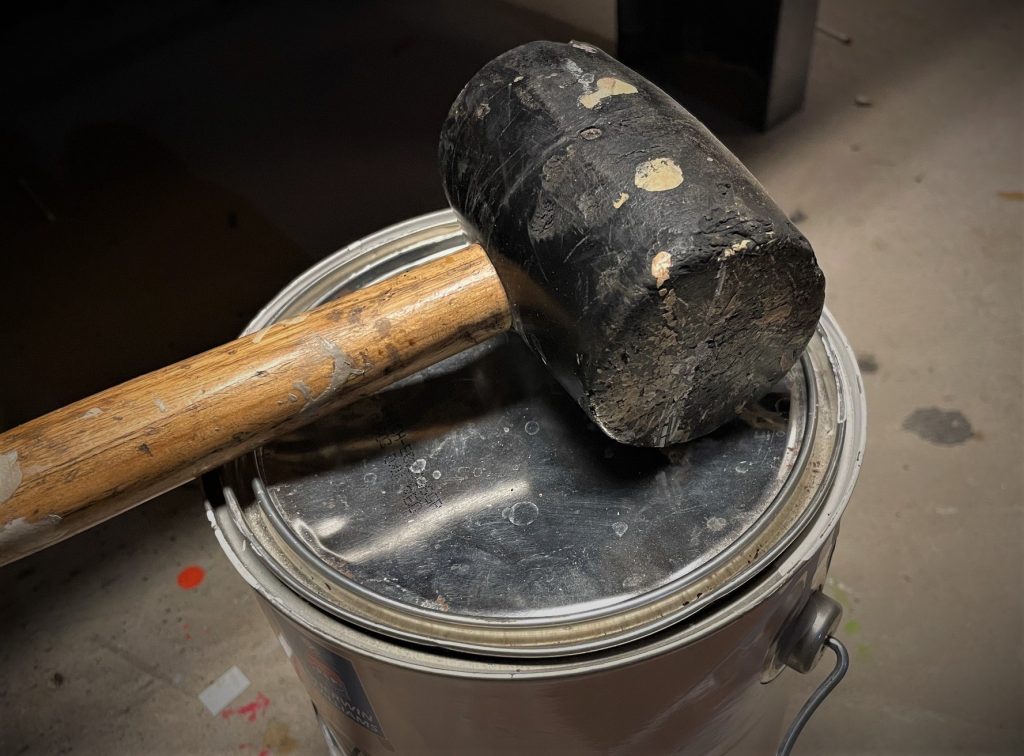Whether it’s for a holiday or birthday, this Tools Under 30 Dollars Gift Guide Series shows you important, yet somewhat uncommon, tools that any gearhead would want.
Today, let’s talk about Rubber Mallets.

Ever tried to assemble knockdown furniture that features force-fit parts and wooden dowel pins? Then you probably already know that, without a rubber mallet, you’re in for a frustrating experience.
That’s because a regular hammer probably won’t cut it—you’ll likely risk denting, puncturing, or otherwise marring whatever you’re wailing away on.
And although a rubber mallet is a core component of any carpenter’s or woodworker’s tool arsenal, there are plenty of good reasons for a mechanic to toss a quality mallet in their toolbox too. From seating bearings to busting loose stubborn parts to straightening bent brackets, a rubber mallet is often the best tool for several jobs around the shop or garage.
Yet here’s the thing: Given that it’s so easy to make-do with an ordinary hammer in a lot of scenarios, many folks often overlook the role of a quality rubber mallet altogether—which can cause a lot of heartache from a busted, dented, or damaged part.

Unlike a traditional hammer, a rubber mallet won’t deliver such a harsh shock, which can go a long way to protecting the surrounding areas that you’re working around. Better still, the broad, rubber mallet head is far more forgiving than a steel head, so you’re less likely to leave a nasty impact divot or mark on the surface you’re hammering.
Rubber mallets come in a range of sizes too, so you can pick the right amount of Ooomph for the task at hand. (And smaller sizes are great for working in tight spaces like, say, a wheel well or engine bay.)
The best news? Basic rubber mallets are well under $30, so you can get started building a robust mallet set that can grow as your needs evolve.

Comments